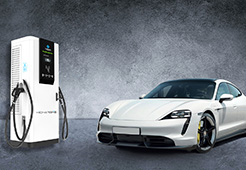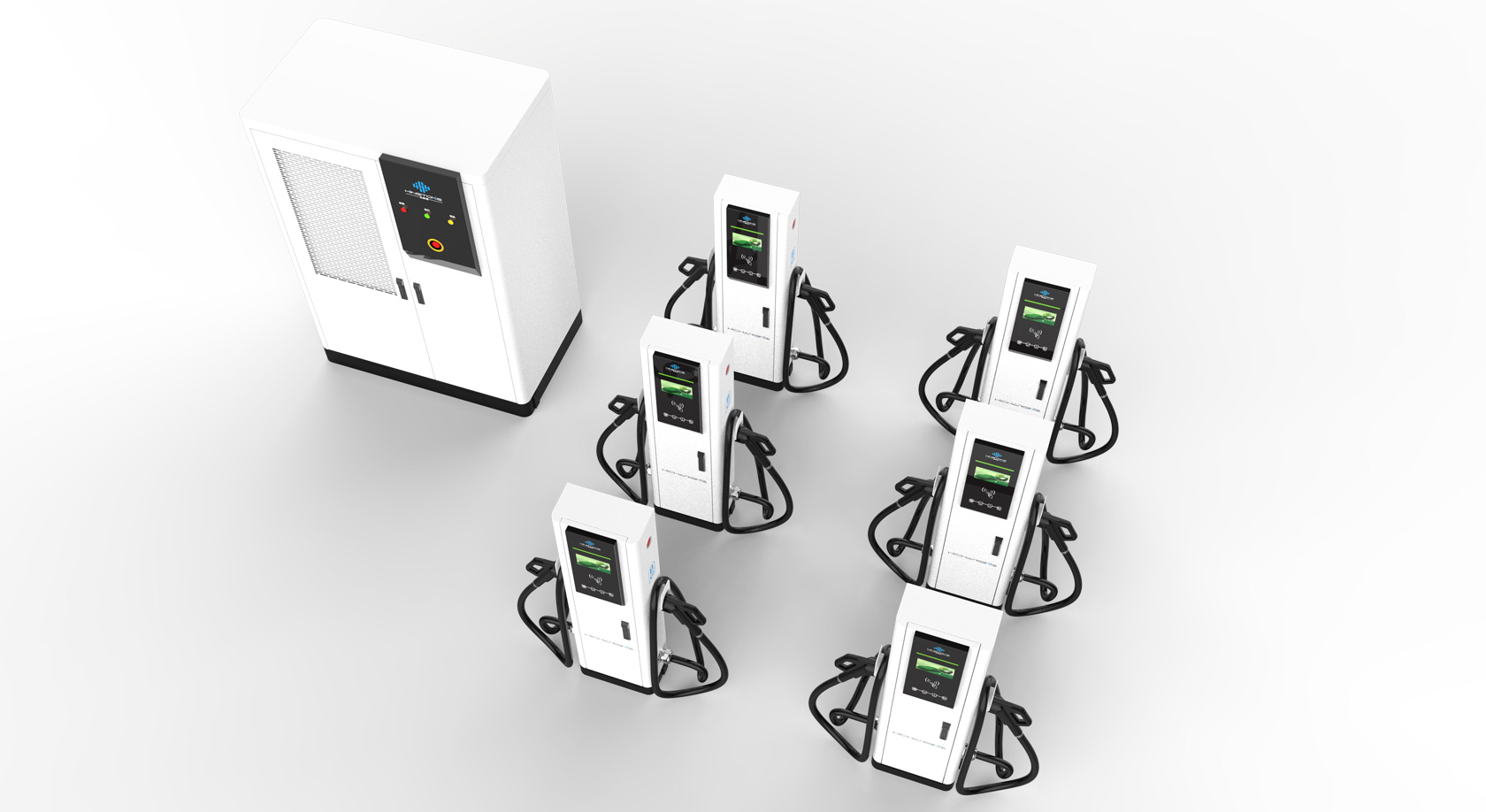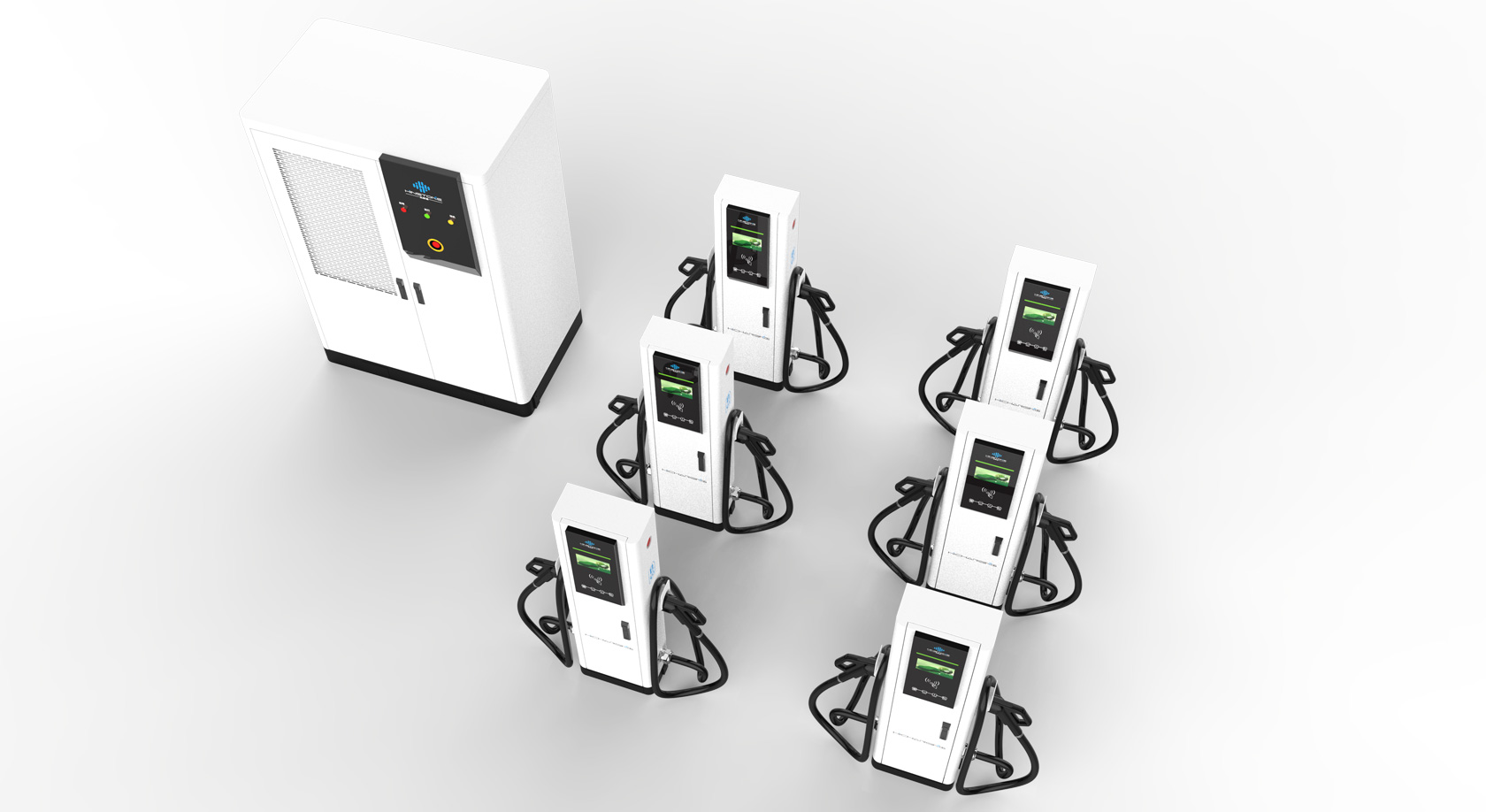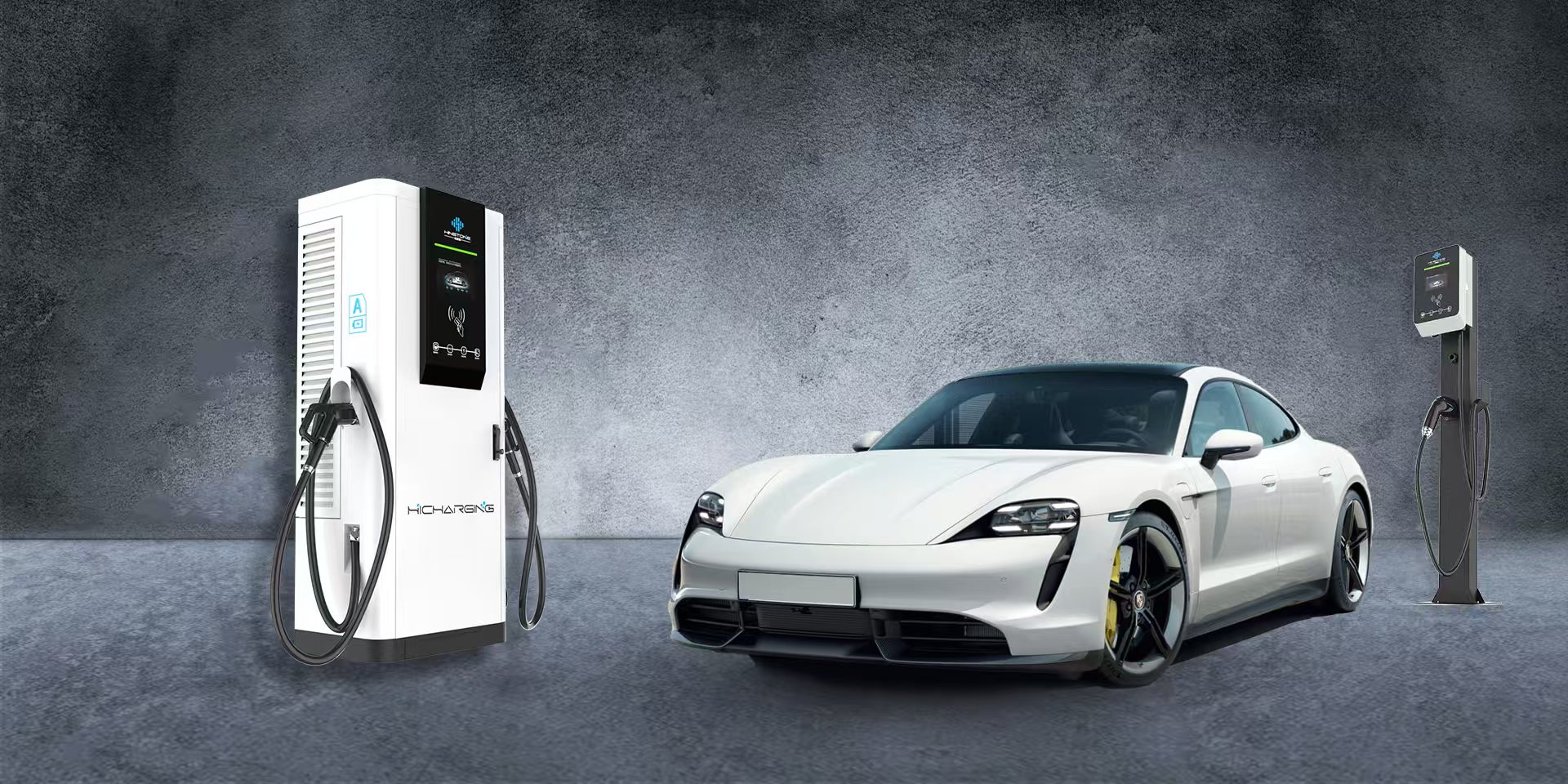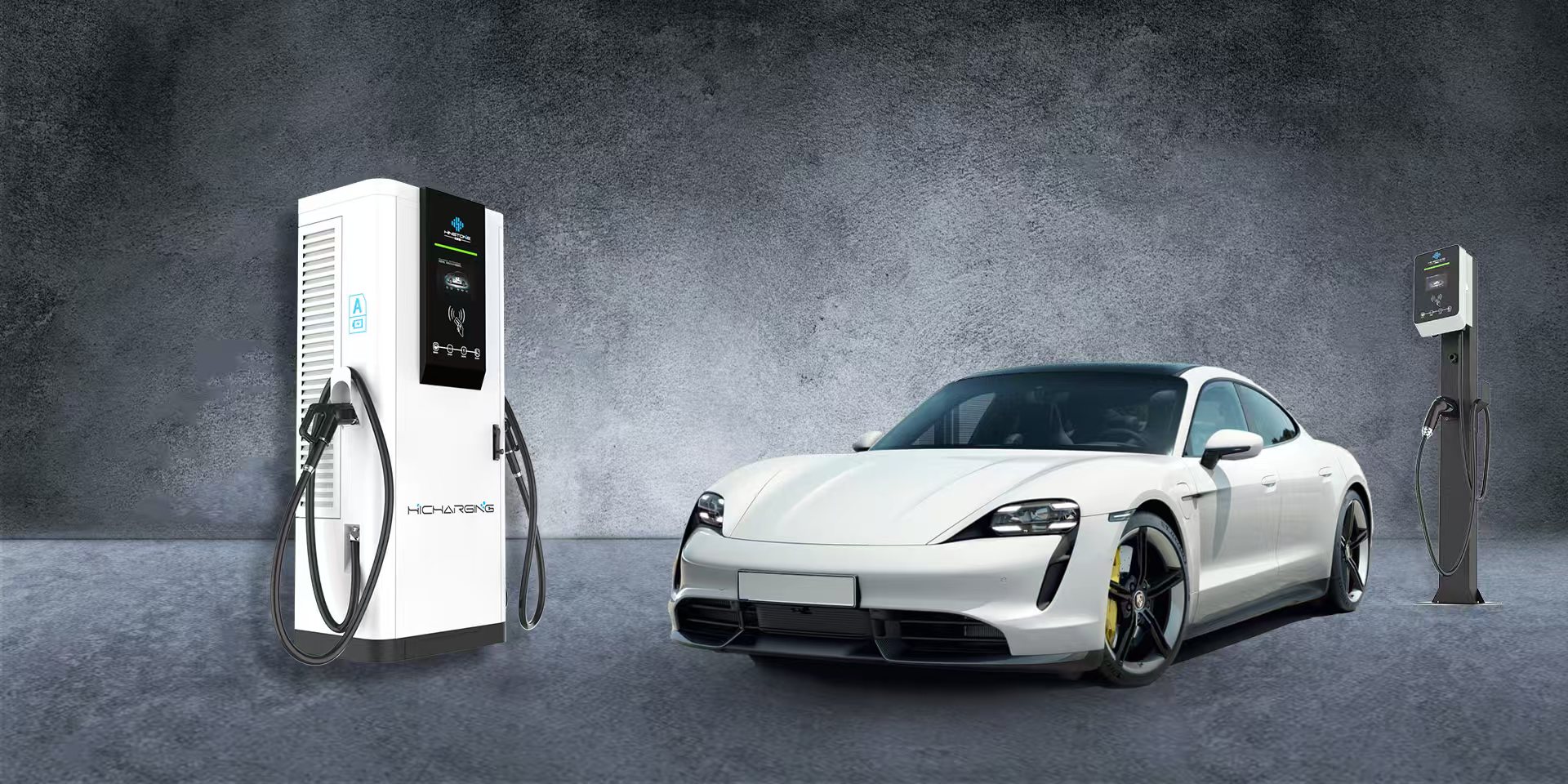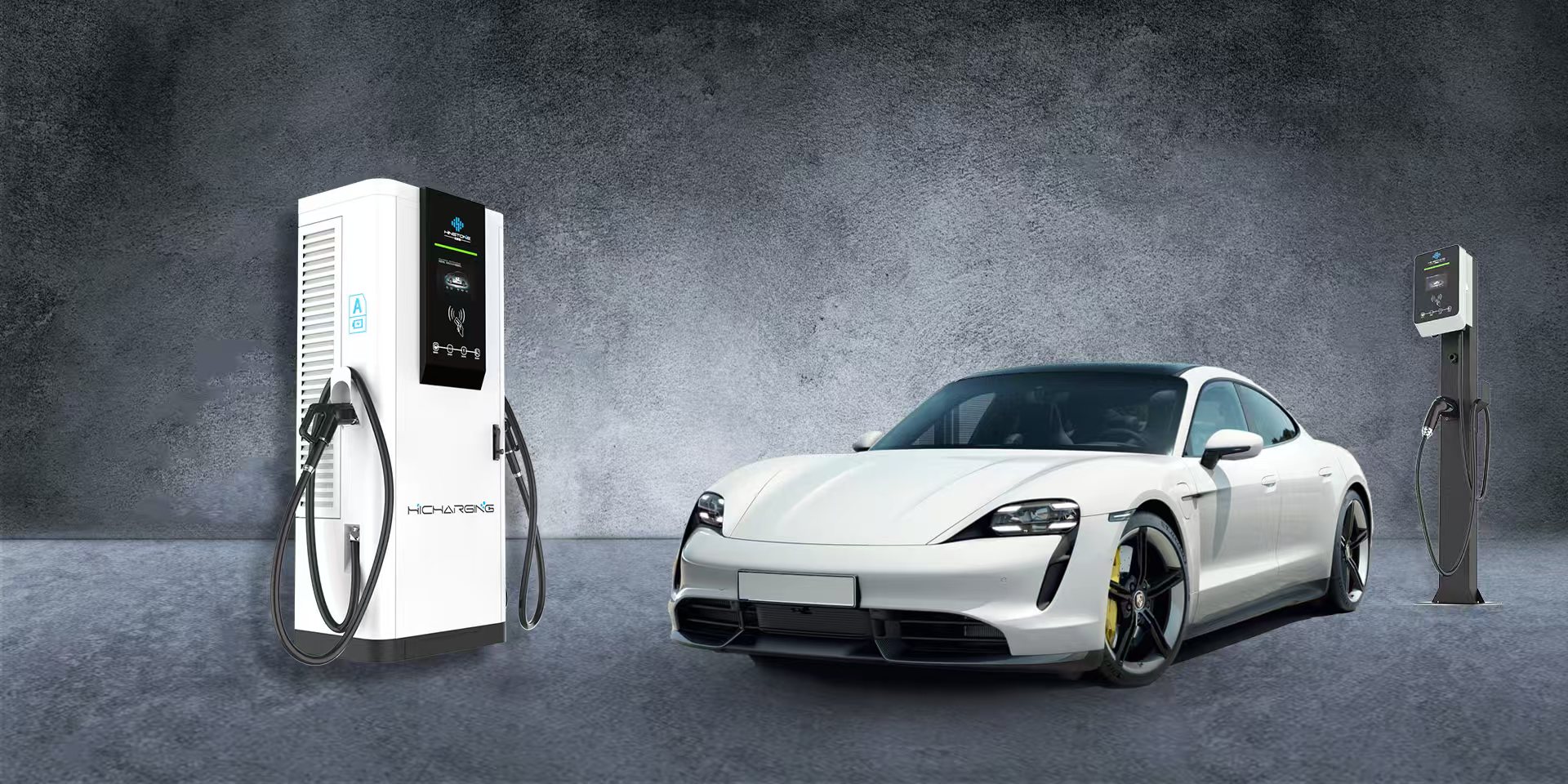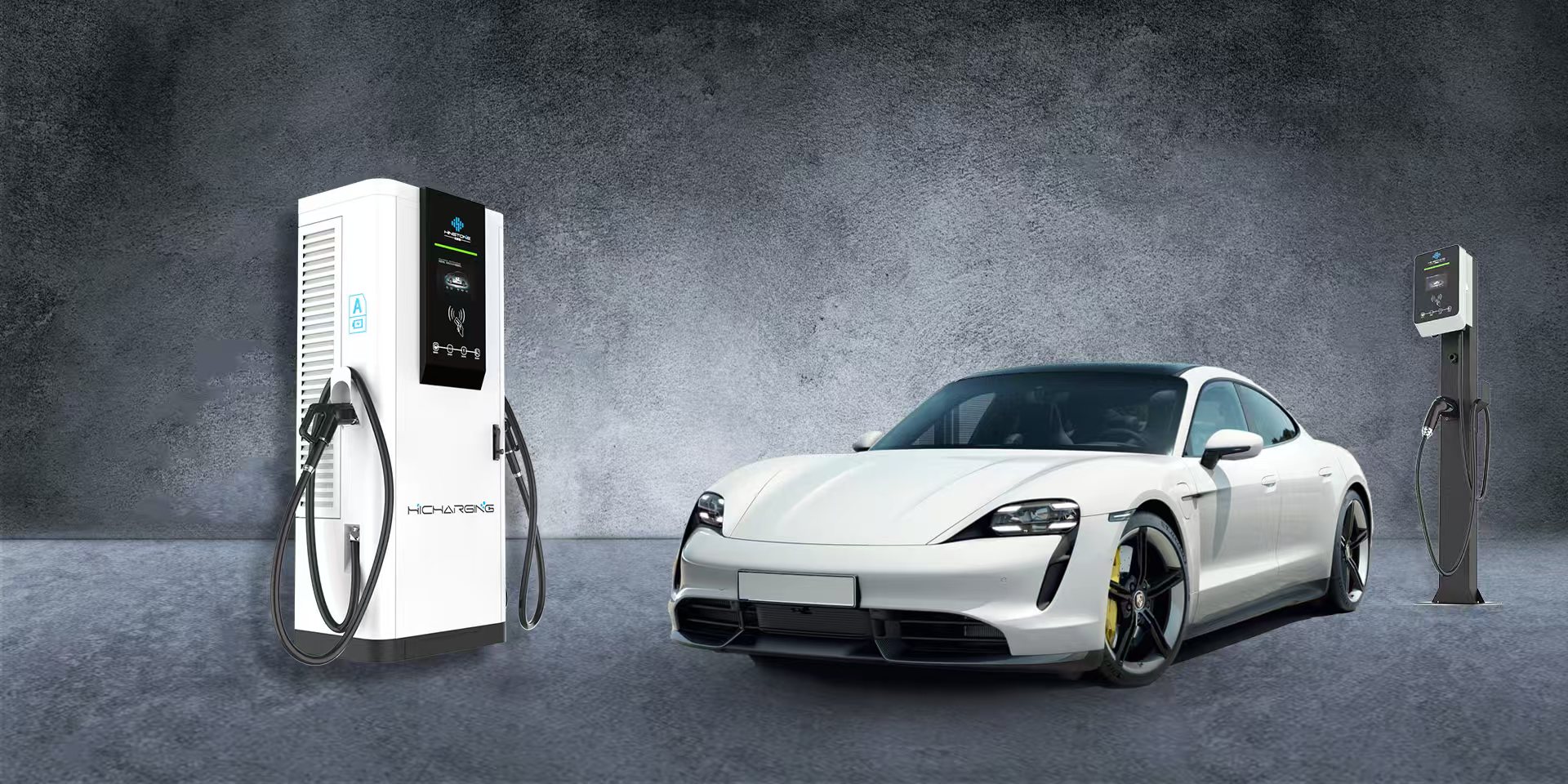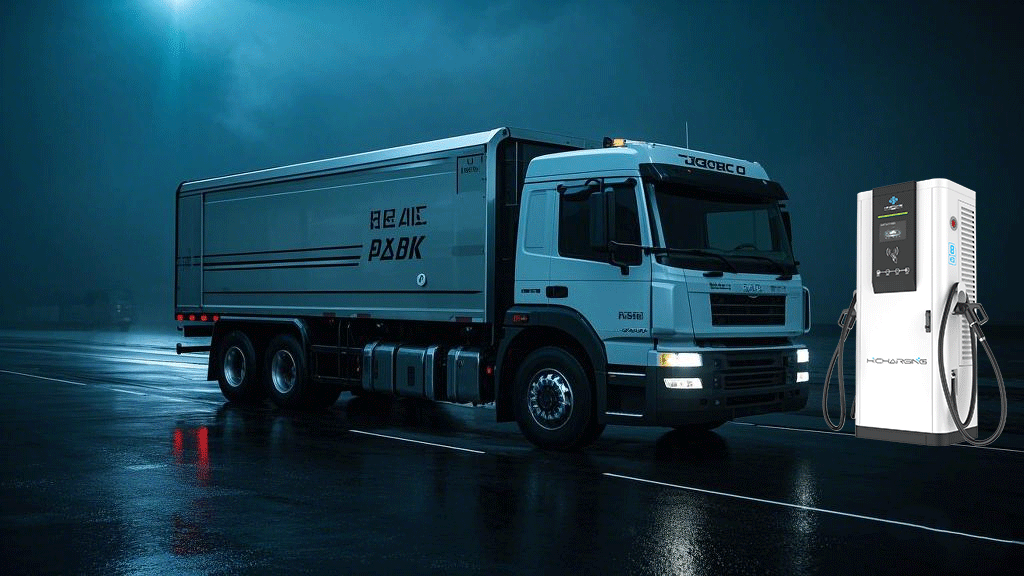At present, China's electric vehicles and charging facilities have been rapid development, due to the standard requirements, manufacturing, design and construction of different specifications, resulting in some difficult charging, charging not on the problem, or in the charging process of high failure rate, incompatible matching problems.
In order to solve such consumption pain points and strengthen source management, the state management department has formulated two mandatory standards related to electric vehicles and issued them for implementation.
On July 24, the State Administration for Market Regulation (Standardization Administration) approved the release of Announcement No. 16 of 2024, including the following two mandatory national standards related to new energy electric vehicles:
GB 39752-2024 "Safety Requirements for Electric Vehicle Power Supply Equipment"
GB 44263-2024 "Safety Requirements for Electric Vehicle Conduction Charging System"
The implementation date of both standards is August 1, 2025
In the first half of this year, China's new energy vehicle sales reached 4.944 million, an increase of 32%, and the market share increased steadily, reaching 35.2%. With the simultaneous growth of new energy vehicle sales, the increasingly popular charging infrastructure. Data show that as of June this year, the cumulative number of charging infrastructure in China reached 10.243 million units, an increase of 54%, which can basically meet the charging of more than 24 million new energy vehicles in the country. The number is increasing, but complaints such as "difficult to charge" and "unreasonable charges" still occur, and the construction of high-quality charging infrastructure system needs to be further explored.
The release of mandatory national standards has taken an important step for the subsequent implementation of mandatory certification of charging piles. At present, the product quality of the charging pile industry is uneven, and the threshold of the charging pile industry has been further improved after the release of the standard.
And recently, the State Administration of Market Regulation officially issued the "Electric Vehicle charging pile product quality supervision and random inspection implementation rules (2024 version)", the introduction of this implementation rules, marking the state's supervision of the quality of charging pile products will be further increased, but also indicates that the charging pile industry is about to usher in a comprehensive reshuffle.
In recent years, under the influence of market competition and cost pressure, some charging pile enterprises continue to reduce the allocation in the product design and production process, resulting in frequent product quality problems. This not only affects the user's charging experience, but also brings great security risks to the promotion and application of electric vehicles. Therefore, the State Administration for Market Regulation issued the implementation rules to standardize market order and improve the overall quality level of charging pile products by strengthening product quality supervision and spot checks.
Description of standard preparation:
(1) The source of the task
On March 25, 2024, the National Standardization Administration issued the mandatory national standard revision plan for the Safety Requirements of Electric Vehicle Conduction Charging System, the project number is 20240614-Q-624, and the centralized department is the Ministry of Industry and Information Technology and the National Energy Administration. Organize the China Electricity Council (hereinafter referred to as China Electricity Union), China Automotive Technology Research Center Co., LTD. (hereinafter referred to as China Automobile Center), State Grid Co., LTD. (hereinafter referred to as the State Grid Electric Power Research Institute Co., LTD. (hereinafter referred to as the State Grid Electric Power Research Institute) and other relevant industry units to jointly draft.
(2) Background significance and necessity
With the continuous rise of the number of new energy vehicle market in China, the construction scale of supporting charging infrastructure is expanding simultaneously, and the public is increasingly concerned about charging safety. The safety of electric vehicle conduction charging system is directly related to the safety of life and property of the majority of users and the sustainable development of electric vehicle industry. The development of this mandatory standard will ensure that charging equipment and electric vehicles meet the safety bottom line in the design, manufacturing, use, testing and operation and maintenance of the whole life cycle, so as to reduce accidents and potential dangers, and effectively protect the safety of users' lives and property. The formulation of mandatory standards will also promote the uniformity of industrial technology, improve the quality and reliability of related charging products, improve user experience and convenience of use, reduce the problems caused by technical conflicts and mismatches, and help to form a healthy market competition environment. At the same time, the formulation of mandatory standards will support government departments to strengthen the safety control of the whole process of the industrial chain, establish a sound charging safety supervision system, and form a healthy competitive market environment.
Internationally, through the formulation of mandatory charging system safety standards, it will help enhance the reputation of the domestic electric vehicle industry in the international market, make it easier for products that meet high standards of safety to obtain international recognition, enhance the trust of domestic charging products in the global electric vehicle field, and promote the participation of domestic electric vehicle enterprises in global competition. Help the electric vehicle industry to develop in a safer, healthier and more sustainable direction.
(3) Main work process
In order to implement the national requirements for the high-quality development of electric vehicle charging infrastructure and complete the mandatory national standard preparation of the Safety Requirements for Electric Vehicle Conduction Charging System efficiently, on time and with good quality, the energy industry and the automotive industry jointly carried out the standard drafting work under the organization and arrangement of relevant government departments:
(1) From 2016 to 2021, after the release of five charging standards such as GB/T 18487.1-2015, the energy industry carried out research and development of safety requirements for electric vehicle power supply equipment, and in 2021, GB/T 39752 "Safety Requirements and Test Specifications for Electric vehicle power supply equipment" was released.
(2) From 2016 to 2022, after the release of five charging standards such as GB/T 18487.1-2015, the automotive industry started the standard research and development of safety requirements for conductive charging of electric vehicles. Research and analysis of ISO 17409-2015 "Safety requirements for connecting electric vehicles to external power sources", ISO 17409-2020 "Safety requirements for conductive charging of electric vehicles", and participation in ISO 5474 "Electric Vehicles" On the basis of the development of the series of standards for the power transmission function and safety requirements between electric vehicles and external circuits, in 2023, GB/T 43332 "Safety Requirements for electric vehicles conducted charge and Discharge" recommended national standard was released.
(3) From August to November 2023, in order to deeply understand the status quo and challenges of electric vehicle charging safety, State Grid Corporation went to Shandong, Hunan, Anhui and Tianjin to carry out charging safety research. The investigation contents include the phenomenon and causes of charging failure, typical charging safety accidents, etc. In September 2023, five charging standards, including GB/T 18487.1-2023, were revised and released, which put forward more comprehensive requirements for the safety of conductive charging systems.
(4) From November to December 2023, the application for mandatory national standards for "Safety Requirements for Electric Vehicle conduction Charging System" will be launched, and China Electric Union and State Grid Corporation will organize research and propose a standard framework for safety requirements for electric vehicle conduction charging system, form a standard project application and draft standard, and submit relevant project applications to the Energy Bureau.
(5) From January to February 2024, China Electric Power Union organized charging equipment manufacturers, charging facility operators, automobile enterprises, power grid companies, testing institutions, design institutes, universities and other major units to carry out three discussions and preparation meetings on the draft standard of "Safety Requirements for Electric Vehicle Conduction Charging Systems" to form the first draft of the standard.
(6) After departmental consultation, on March 25, 2024, the "Safety Requirements for Electric Vehicle Conduction Charging System" strong standard plan was officially issued, and the standard was centralized by ××××.
(7) In April 2024, the joint drafting group for a mandatory national standard on Safety Requirements for Electric Vehicle Conduction Charging Systems, composed of experts from the energy industry and the automotive industry, will be completed.
(8) On May 9, 2024, the Ministry of Industry and Information Technology and the National Energy Administration jointly held the "Safety Requirements for Electric Vehicle Conduction Charging System" strong standard launch meeting.
(9) On May 16, 2024, China Electric Power Union, China Automobile Center, State Grid Electric Research Institute, China Automobile Research New Energy Vehicle Inspection Center, etc. discussed the compilation principles of the first draft and the description of specific project indicators, and formed a working group discussion draft after the meeting.
(10) On May 24, 2024, the Joint drafting Group for mandatory national Standards held a plenary meeting to discuss the discussion draft of the working group, modify and improve the draft for comment and preparation of the standard.
(2) Preparation principles, the basis and reasons for the main technical requirements of mandatory national standards
(1) The purpose of compiling standards
This standard is based on GB/T 18487.1-2023 "Electric vehicle conduction charging system Part 1: General Requirements" and other current standards and charging technology routes, to develop a mandatory national standard for electric vehicle conduction safety requirements. Ensure the safety, reliability and efficiency of the charging process, protect the safety of users and the surrounding environment, and prevent potential electric shock, fire and other safety risks. Through the development of clear safety standards and test methods, improve the design, manufacturing and operation quality of charging systems, reduce the possibility of accidents, and promote the popularity and development of electric vehicles.
(2) Principles of standard preparation
At present, China has built the world's largest electric vehicle charging facility network, facing new challenges such as safe interconnection of piles and ultra-fast/ultra-large capacity power supply. For example, there are safety problems such as abnormal pile connection that cannot be identified, fire burning during charging, overheating of charging interface, and charging cable being crushed and damaged. The release of GB/T 18487.1-2023 will further promote industrial upgrading and enhance the technical level of domestic enterprises and international competitiveness. With the gradual introduction of electric vehicles into thousands of households, the public has put forward higher expectations for the safety of electric vehicle conduction charging system. The development of "electric vehicle conduction charging system safety requirements" will standardize the bottom line requirements of charging safety, which is an important level in China's charging standard system, and is conducive to providing strong technical support for government safety regulatory authorities, enterprise supervision and management, and safety production decision-making. In the formulation of standards, fully consider the relevant safety indicators and requirements in the current international standards, improve the acceptance of domestic products in the international market, reduce trade barriers, and promote international cooperation.


